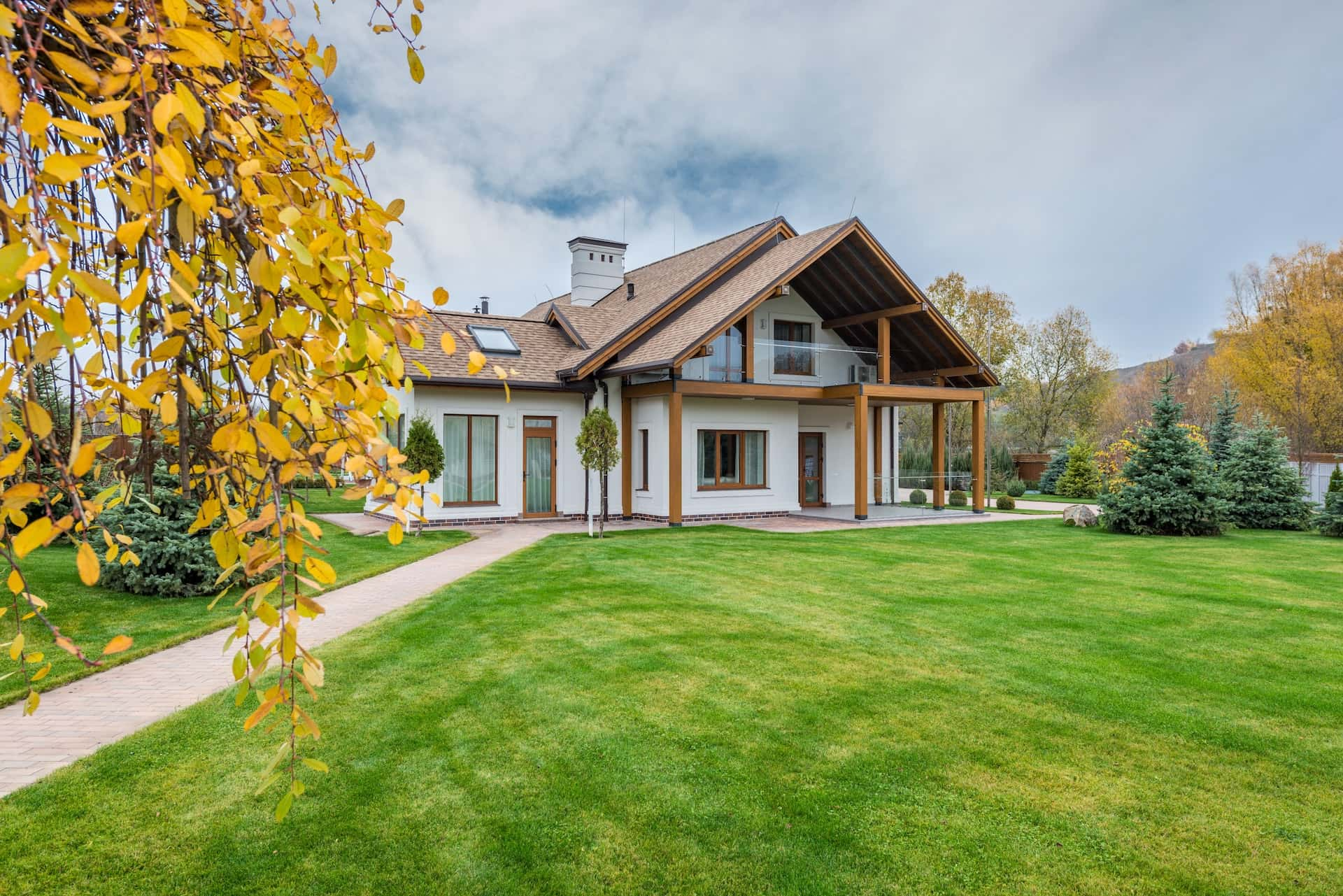
Maximizing Small Gardens: Creative Solutions for Limited Spaces Aug 01, 2025
Start by planning your garden layout. Carefully consider how you want to use your garden—whether it's for relaxation, entertaining, or growing plants. Sketch a design that reflects your goals and takes advantage of every inch available. Think vertically as this approach can significantly increase your planting space. Using vertical planters, trellises, and wall gardens can effectively add layers and interest to your garden without occupying much ground area.
Next, select the right plants for your space. In smaller gardens, it's wise to choose plants that are not only suitable for your climate but also have a compact growth habit. Dwarf varieties of trees and shrubs can provide structure and beauty without overwhelming the space. Consider hardy perennials that offer color throughout the seasons, and don't forget about herbs—perfect for limited spaces and useful in the kitchen.
Incorporating multipurpose features is another excellent way to make the most of your small garden. Furniture that doubles as storage, such as benches with hidden compartments, can help you keep tools and supplies neatly tucked away. Utilizing folding chairs or collapsible tables can also free up space when not in use, making the garden feel more spacious.
Another creative tactic is to utilize reflective surfaces. Mirrors and reflective glass can create an illusion of depth, making your garden appear larger. Strategically placing mirrors on fences or walls can bounce light around, enhancing the ambiance and brightness of your garden.
Lighting plays a crucial role in any garden design. In small spaces, using lights to highlight key features draws attention to them, making the garden feel more intriguing and spacious. Solar-powered lights are an eco-friendly option that can line pathways or illuminate plants and garden features without the hassle of wiring.
If your garden is also your entertaining area, consider flexibility in your design. Modular furniture can be rearranged depending on the occasion, and outdoor rugs can delineate living spaces while adding a welcoming touch.
Finally, think about integrating textures and layers to provide dimension. A mix of materials such as wood, stone, and plants with varying foliage textures can add visual interest that distracts from the size of the garden. This layering effect can be achieved through staggered plant heights, textured walls, and varied materials for pathways and garden beds.
In conclusion, maximizing a small garden involves strategic planning and creative solutions. By embracing vertical gardening, selecting appropriate plants, and incorporating multifunctional elements, small spaces can truly come alive. At Landscape Design & Lawncare, we're passionate about helping you achieve a stunning yet practical garden, no matter the size. With a bit of ingenuity, any limited space can be transformed into a serene retreat that adds beauty and value to your home.
/filters:no_upscale()/media/380927a3-6216-4e99-a19a-1b648dd68add.jpeg)
/filters:no_upscale()/filters:format(webp)/media/5f97a301-bb1a-4335-8952-938b7b33fc1c.jpeg)